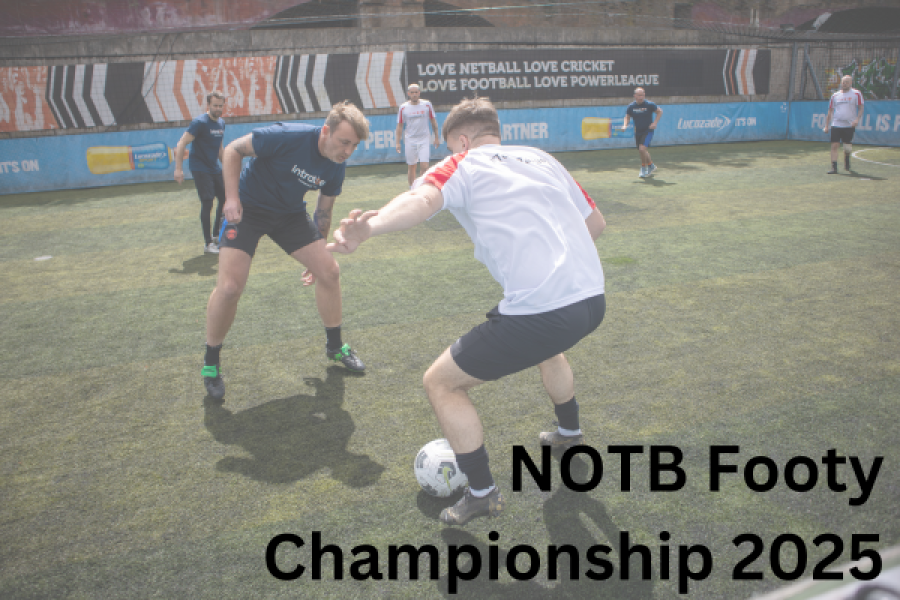The case of Fearn v Board of Trustees of the Tate Gallery was one of the most eagerly awaited decisions of the Supreme Court for many years.
In essence, the Tate Galley had created a viewing platform on its Blavatnik Building which allowed visitors to the Tate a 360 degree view of the London Skyline. The platform was incredibly successful with 500,000 visitors a year taking in the spectacular views. The view also included the Neo Bankside Development where the flats had been created with glass walls. The lives of the residents of the flats were photographed intensively from the viewing platform with some visitors also bringing binoculars to look into the flats.
The residents brought a claim in nuisance and sought an injunction against the Tate arguing that the overlooking from the platform was a legal nuisance.
The Supreme Court has decided that visual intrusion (or overlooking) into a home is capable, in certain situations, of being a legal nuisance. The Judges found that the Tate was not using its land for a “common and ordinary” use with Lord Leggatt commenting that the Residents were subject to “constant observation” and suggested this is “much like being on display in a zoo”.
However, had the Tate’s use of its building been “common and ordinary”, the visual intrusion into the residents’ flats would not have been a legal nuisance.
So it is the actions of the neighbour, and whether those actions are uncommon and out of the ordinary, rather than the impact on the “resident” that is of importance when considering whether a legal nuisance may have arisen. This is not in fact a change in the law – the “reasonable user” test; ie whether a activity was necessary for common and ordinary use of the land and whether the activity has been done with proper consideration for the neighbours has long been the test for nuisance.
Anyone can therefore build whatever they wish on their own land, or use it as they wish, as long as this does not contradict any agreements in place or infringe any existing rights, provided the use is common and ordinary. The mere presence of a building or a use, however annoying that may be to the owner or user of neighbouring land, cannot give rise to a claim for nuisance
What is new is that the court has decided that “visual intrusion” into a home can be a nuisance, although the circumstances are likely to need to be severe for the court to interfere.
The court also considered that actions for the invasion of privacy and damage to interests in property could co-exist.
For home owners the case does provide some support – overlooking or visual intrusion can now be categorised as a nuisance. Noise, smells, smoke, vibration or the other more normal manifestations of nuisance are not therefore a closed category and other nuisances could be added. However the extent/nature of the use complained of will have to be abnormal before action stands a chance of success.
It is also unclear what the residents in the Tate case will actually achieve. The Court has sent the case back to the High Court for argument about whether an injunction preventing or restricting use of the viewing platform will be granted or whether some other remedy may be appropriate. We will have to wait and see but in the meantime the platform remains closed.
Caroline Preist is a partner in the property disputes team at RWK Goodman.





